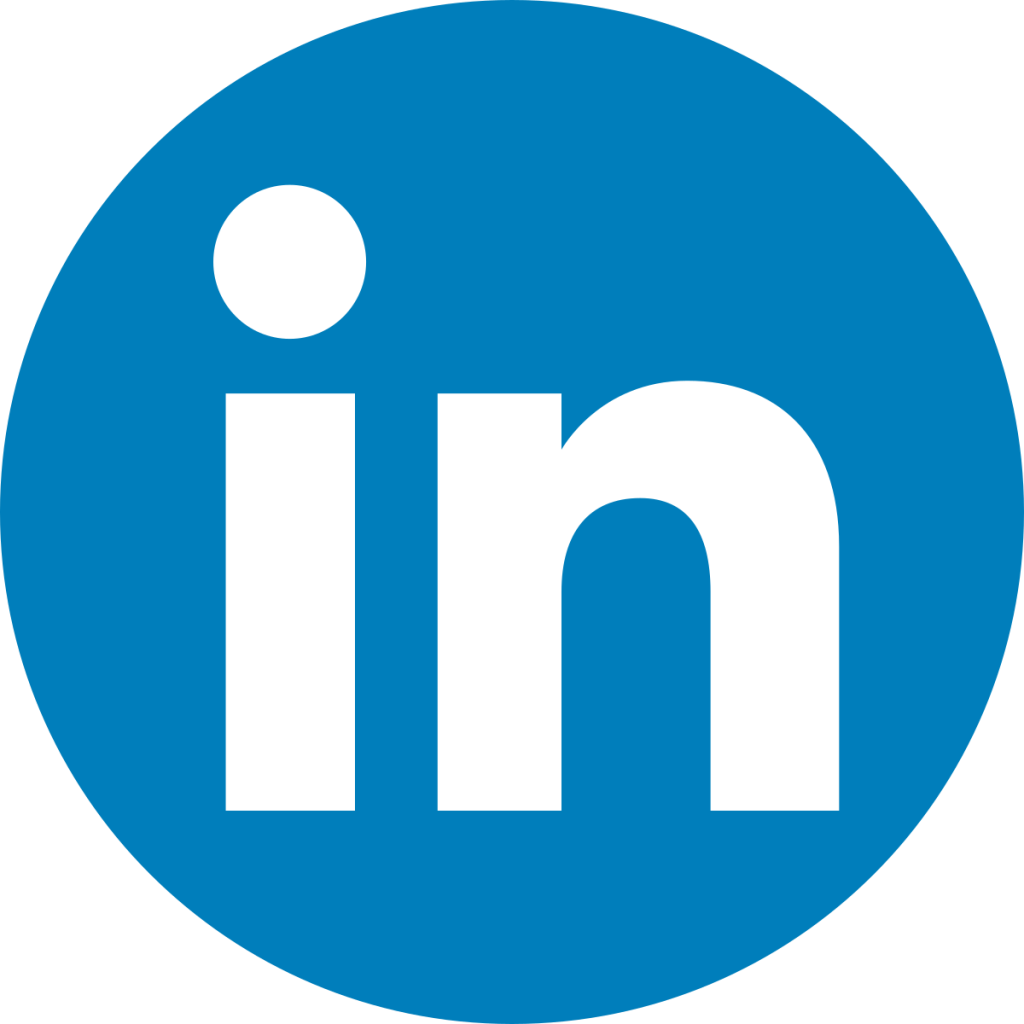Now that we are in the midst of another season of Open Enrollment, we thought it would be a good idea to examine a segment of the healthcare field that has been steadily rising in popularity in recent years: narrow networks.
What Are Narrow Networks?
A narrow network is one in which less than 25% of area physicians are covered. Among insurance companies, these networks have become increasingly popular since the signing of the Affordable Care Act (ACA), as they reduce enrollee costs, which helps insurance companies attract consumers looking for less expensive premiums.
Consequently, the narrow network then provides the insurer with better rates for medical services. As a result, in 2014, 70% of plans sold on the Health Insurance Marketplace featured a narrow network, and those plans’ premiums were 17% less expensive than those featuring broader networks.
These affordable premiums are highly attractive to families with lower incomes, which means that narrow networks will likely continue to grow in popularity this year and for the foreseeable future. Given that respondents in a 2013 Harris Poll cited low monthly premiums as the most important aspect of a health plan (far outweighing access to prestigious institutions, number of hospitals within a network, and the reputations of the physicians within the network), this affinity for narrow networks should come as no surprise.
What Are the Limitations of Narrow Networks?
Among the chief complaints levied against these narrow networks is that they’re simply too small, however this issue of size lessens when placed in its proper context. Canopy Health is considered a narrow network, for instance, yet there are 18 hospitals, dozens of patient care facilities, and nearly 5,000 physicians within our network, which spreads across portions of seven counties throughout the Bay Area. Any way you put it, that’s a pretty robust healthcare network.
Another complaint lobbed against narrow networks is that patients do occasionally discover that a provider is out-of-network only after receiving treatment, leaving them with expensive and unanticipated medical bills. For instance, because many hospitals contract their emergency physicians, anesthesiologists, and other specialists, a patient might visit a hospital that is in-network and still receive bills based on services rendered by out-of-network healthcare providers (and at much higher out-of-network rates). However, Canopy Health’s transparent approach to care ensures that this never happens. The patient always knows exactly with whom they are working, as well as the pricing structures for every medical appointment and procedure.
When shopping for health insurance plans on Covered California, your clients should be sure to review the provider directory (which are required by the terms of the ACA to be placed on the plan or network’s website) associated with each network to ensure that they will be receiving in-network medical care — ensuring that there are no unanticipated costs involved in their treatment.
Visit our Doctors and Services Search to learn more about the providers in the Canopy Health network.
Learn More About Canopy Health!
When dealing with your clients as a broker, it’s imperative that you provide a fair and comprehensive overview of their options. At the end of the day, more informed consumers are going to make more informed choices and be more accountable for those choices.
While there are arguments to be made for and against narrow networks, popular opinion has proven to be resoundingly in favor, especially in California, where a recent study found that nearly 75% of Obamacare health plans are considered narrow networks.
For instance, Canopy Health is a “narrow network” with nearly 5,000 physicians and far more competitive pricing structures than traditional structures, but it might not be for everyone, which is why we invite all brokers to visit our resources page to learn more and pass that knowledge onto your client base so that they can make more informed decisions.
References:
More than four in five Americans say brand is important when selecting a health insurance plan. (2013, June 20). The Harris Poll.
Polsky, D., & Weiner, J. (2015, June). The skinny on narrow networks in health insurance marketplace plans. Robert Wood Johnson Foundation. Retrieved from http://www.rwjf.org/en/library/research/2015/06/the-skinny-on-narrow-networks-in-health-insurance-marketplace-pl.html
Terhune, C. (2015, August 25). 75% of Obamacare plans in California use narrow networks, study shows. Los Angeles Times. Retrieved from http://www.latimes.com/business/healthcare/la-fi-obamacare-narrow-networks-20150825-story.html




